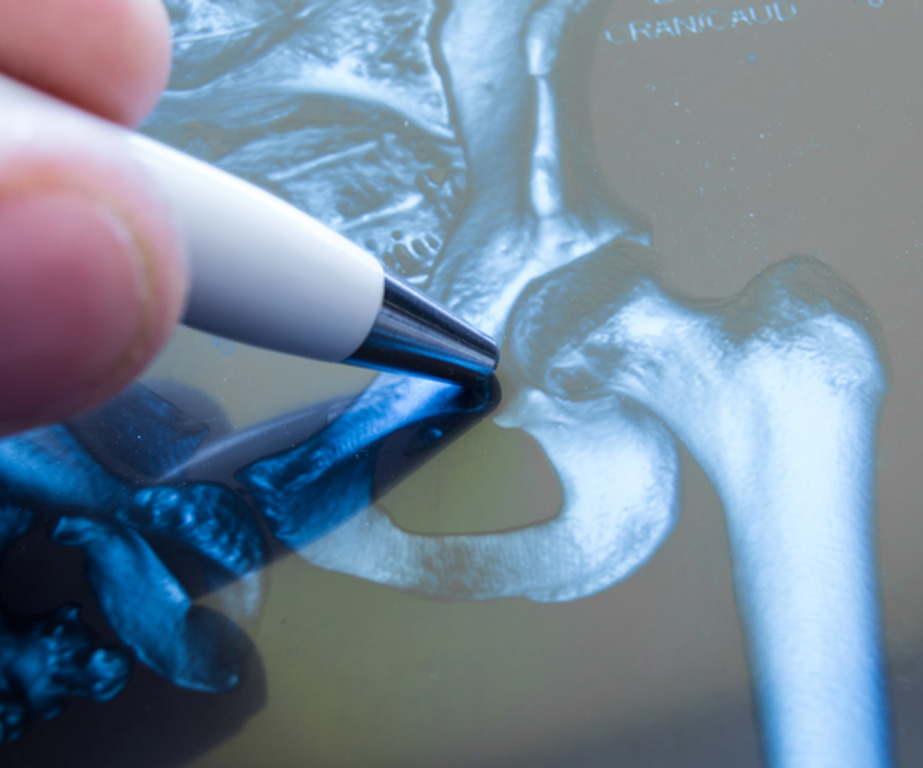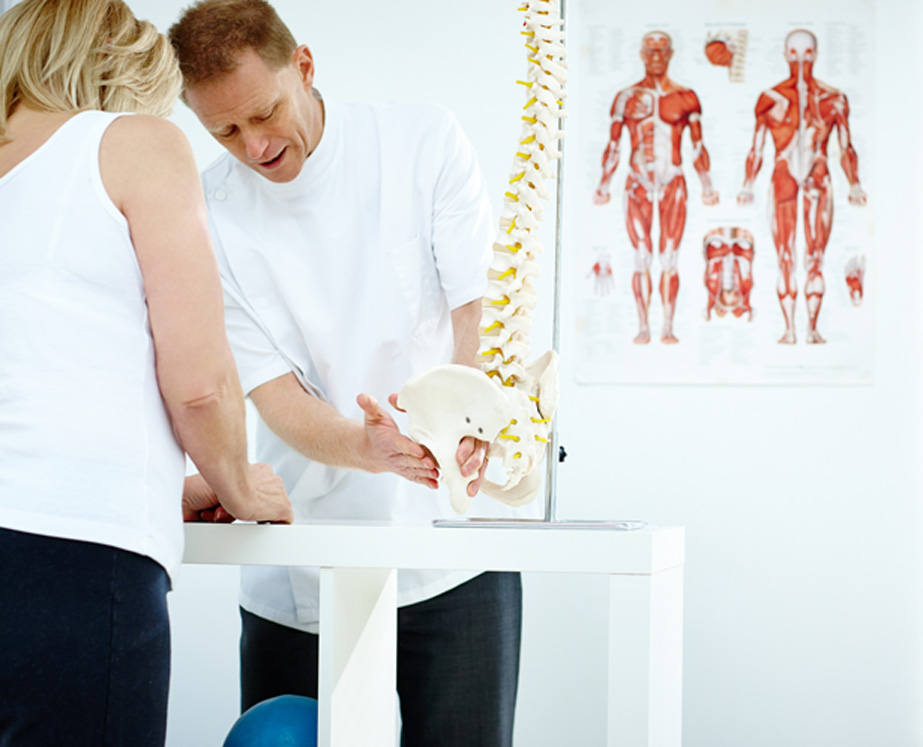
Hip osteoarthritis is a form of arthritis affecting the hip.
The condition develops when the protective cartilage that cushions the bones wears down. The damage to the joints can’t be reversed, but symptoms can be managed.
Symptoms of Hip Osteoarthritis
Signs of the condition include:
- Pain in the hip joints
- Joint stiffness that is most severe when waking up or moving after being inactive
- Tenderness in the hip joints
- Inability to move the joint through its full range of motion
- Grating sensation, popping or crackling when using the joint
- Bone spurs forming around the affected joint
- Swelling
Risk Factors of Hip Osteoarthritis
Certain individuals may be at greater risk of developing hip osteoarthritis if they:
- Are older
- Are female
- Are obese (increased weight adds stress to weight-bearing joints; fat tissue produces proteins that can can lead to inflammation)
- Have joint injuries
- Make repetitive motions that place repetitive stress on the hip joints
- Have a genetic predisposition
- Were born with malformed joints or defective cartilage
- Have certain metabolic diseases
Diagnosing Hip Osteoarthritis
Patients experiencing symptoms should schedule an appointment with their primary physician. During the initial visit, the doctor will check the affected joint for tenderness, redness, swelling, and flexibility. The doctor will recommend obtaining an X-ray and MRI of the hip to get a better picture of the hip.


An MRI may be useful in complex cases and provide more detailed images of bone and soft tissues.
Blood tests and joint fluid analysis may also be necessary to rule out other causes of joint pain, such as rheumatoid arthritis, gout, or an infection.
Treating Hip Osteoarthritis
Though hip osteoarthritis cannot be reversed, certain treatments can improve a patient’s mobility and alleviate pain.
Patients may take acetaminophen or nonsteroidal anti-inflammatory drugs (NSAIDs) to relieve pain. Stronger NSAIDs will require a prescription.
Duloxetine (Cymbalta) is an antidepressant but can also be used to treat chronic pain, including hip osteoarthritis pain.
Therapy
Physical therapy can help patients strengthen the muscles in their hip, increase their flexibility and reduce pain. Patients can also engage in regular exercise on their own, such as swimming or walking.
Occupational therapy can teach patients how to perform everyday tasks without putting extra stress on their hip joints. The exercises will be tailored to each patient’s unique condition and needs.
Hip Intra-Articular Injections
If medication and therapy fail to provide sufficient pain relief, the patient’s physician may recommend hip intra-articular injections.
The risks of intra-articular injections are rare, but may include bruising, swelling, infection, skin irritation, allergic reaction to the medicine, bleeding in the joint or weakness in the leg.
What to Expect During a Hip Intra-Articular Injection Procedure
The procedure begins with the physician cleansing the injection site with an antiseptic. The physician will use ultrasonic guidance to ensure the needle is inserted in the correct place. Once the needle is correctly positioned, the local anesthetic and steroid will be injected.
Patients may receive up to three or four injections per year.

